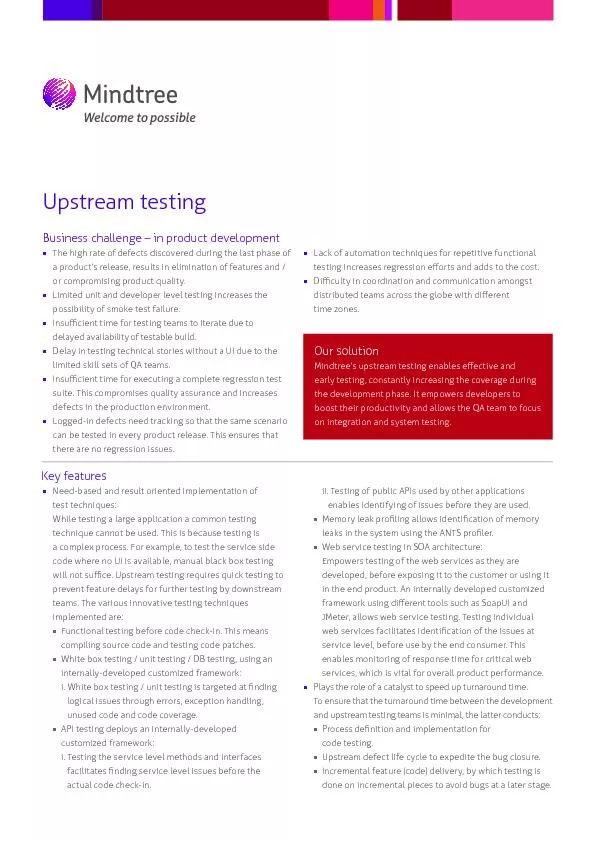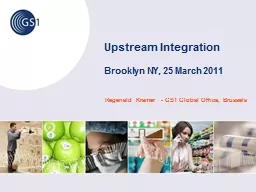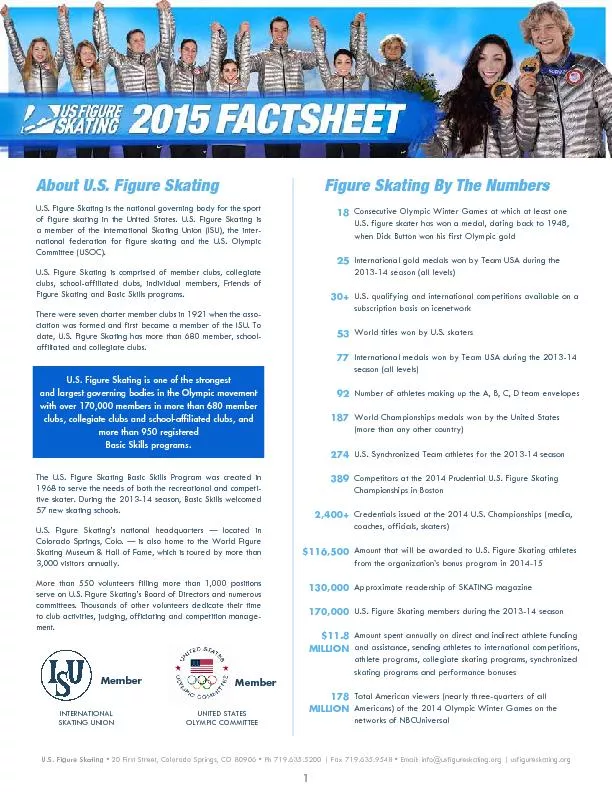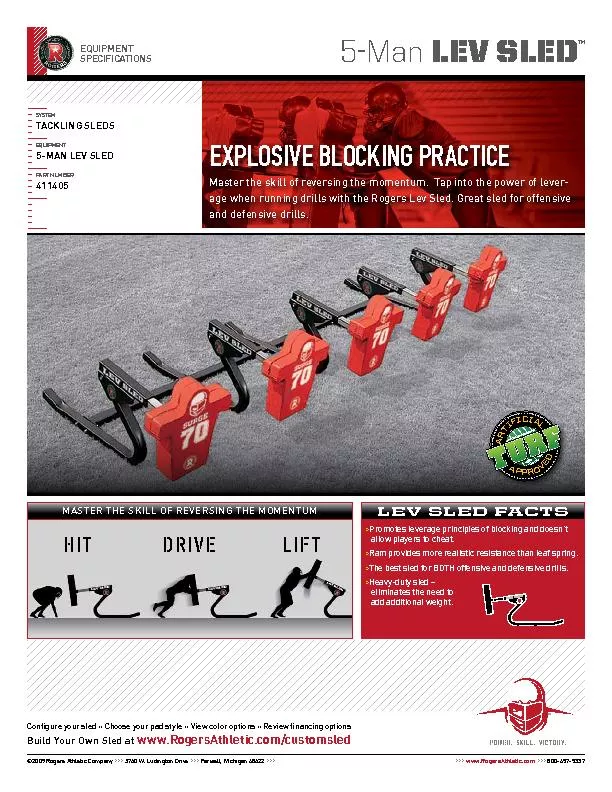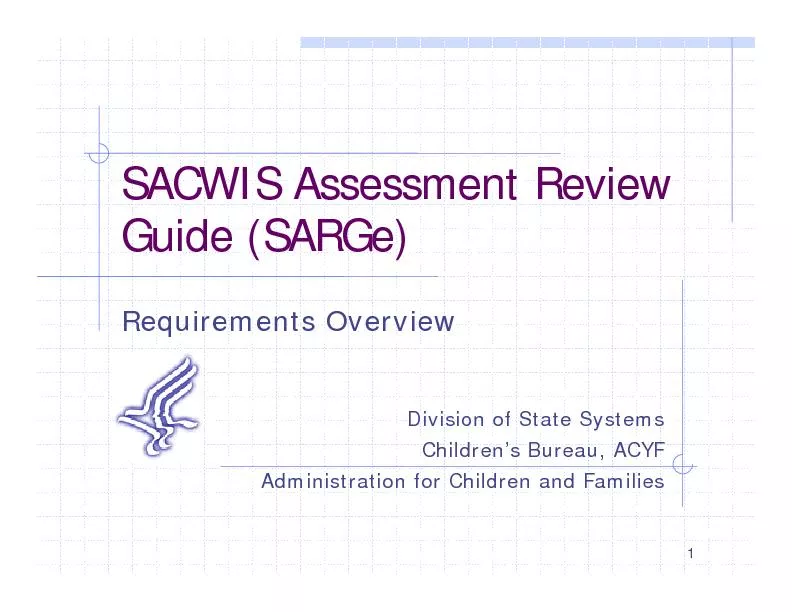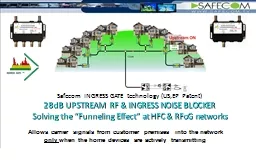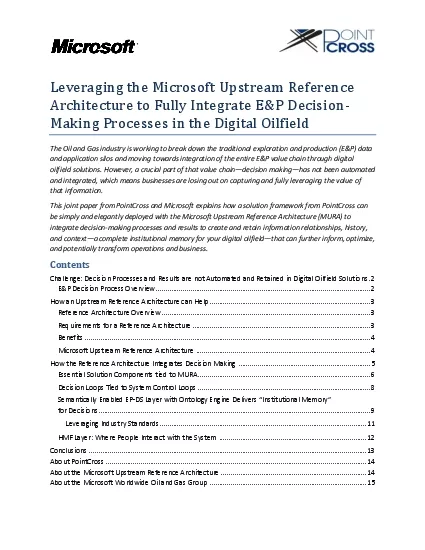PDF-Upstream testingBusiness challenge – in product developmentThe hi
Author : liane-varnes | Published Date : 2016-08-20
ur solutionMindtreex2019s upstream testing enables exFB00ective andearly testing constantly increasing thecoverage during the development phase It empowers developers
Presentation Embed Code
Download Presentation
Download Presentation The PPT/PDF document "Upstream testingBusiness challenge –..." is the property of its rightful owner. Permission is granted to download and print the materials on this website for personal, non-commercial use only, and to display it on your personal computer provided you do not modify the materials and that you retain all copyright notices contained in the materials. By downloading content from our website, you accept the terms of this agreement.
Upstream testingBusiness challenge – in product developmentThe hi: Transcript
Download Rules Of Document
"Upstream testingBusiness challenge – in product developmentThe hi"The content belongs to its owner. You may download and print it for personal use, without modification, and keep all copyright notices. By downloading, you agree to these terms.
Related Documents

